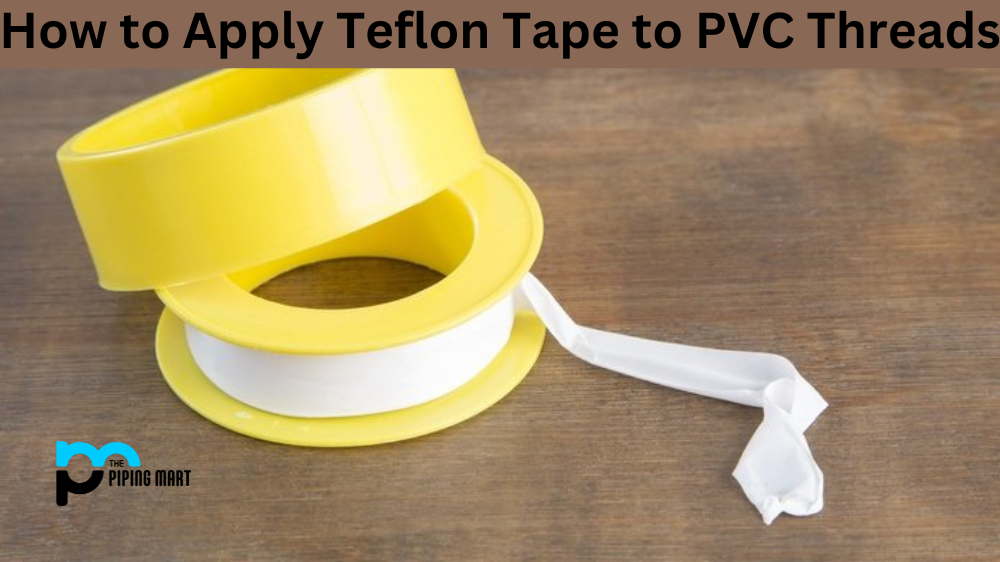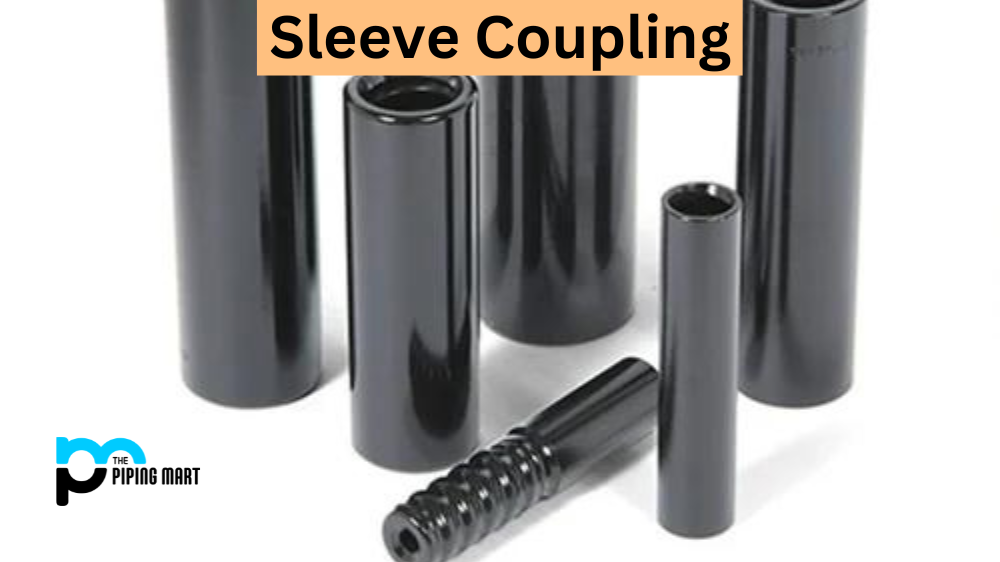If you are planning a plumbing project or trying to solve a simple leakage issue, applying Teflon tape to PVC threads can be a game-changer. Teflon tape is a thin white film made from polytetrafluoroethylene (PTFE) and is commonly used to prevent leaks by creating a seal between threaded connections. Although it may seem straightforward, applying Teflon tape to PVC threads can be tricky and requires proper techniques and attention to detail. In this blog post, we will provide you with the ultimate guide on how to apply Teflon tape to PVC threads step-by-step.
Step 1: Preparation
The first thing you need to do is to prepare all the materials you need. These include PVC threads, Teflon tape, a pair of scissors, and a clean and dry working surface. It is crucial to ensure that the working surface is free of water, grease, or any other contaminants that can cause the tape to lose effectiveness. Additionally, ensure the threaded connection is free of debris and pollutants before starting the application process.
Step 2: Cut a Piece of Teflon Tape
Next, cut a small piece of Teflon tape around 10 to 12 inches long. The video should be long enough to wrap around the entire circumference of the threaded connection. If you are dealing with a larger diameter pipe, you may need to cut a longer Teflon tape. Removing loose or frayed ends from the video before applying them to the PVC threads is important.
Step 3: Begin Wrapping
Start wrapping the Teflon tape around the PVC threads clockwise, making sure to overlap the video as you wrap. You want the video to be snug but not too tight so that it stretches and becomes thin. To ensure a tight seal, you should aim for about two to three complete revolutions around the threaded connection.
Step 4: Finish Wrapping
You must make the final stretch once you have wrapped the Teflon tape around the threads. Hold the video with your fingers and pull it tight as you dress clockwise for 1 or 2 additional rounds. This final stretch will prevent the tape from bunching up when you tighten the joint.
Step 5: Tighten the Joint
Now that you have successfully applied the Teflon tape, the final step is to tighten the joint. Use a wrench or other suitable tool to turn the fitting clockwise until it is tight. Be careful not to overtighten, as this can cause the threads to strip or break.
Conclusion
Applying Teflon tape to PVC threads is a simple process that requires some patience and attention to detail. Follow the above steps, and your PVC threaded connections will remain leak-free for a long time. Additionally, it’s important to note that Teflon tape is not a substitute for proper installation techniques, and joints should always be tightened correctly. Adequate application of Teflon tape can help prevent leaks, but it’s always best to consult a professional plumber if you are unsure what to do. Finally, remember to check your connections for any signs of leaks after installation and make any necessary adjustments.

Abhishek is a seasoned blogger and industry expert, sharing his insights and knowledge on various topics. With his research, Abhishek offers valuable insights and tips for professionals and enthusiasts. Follow him for expert advice on the latest trends and developments in the metal industry.




